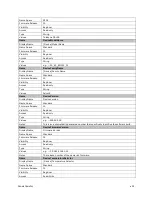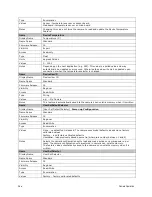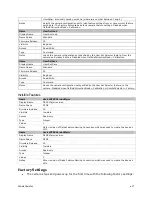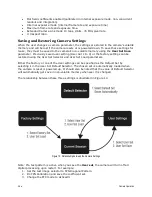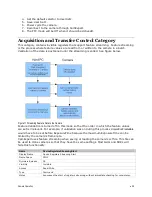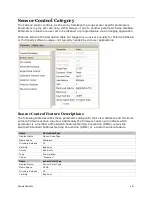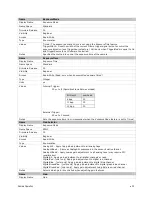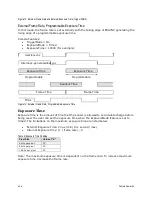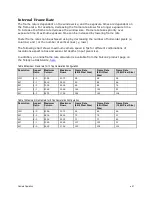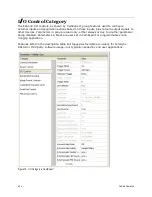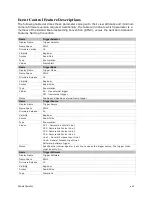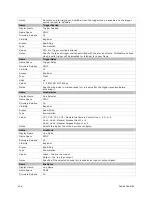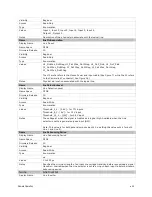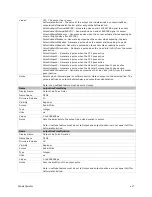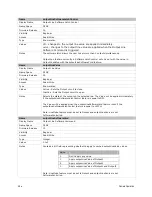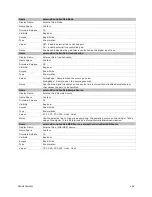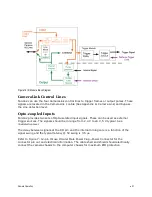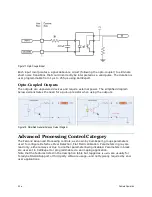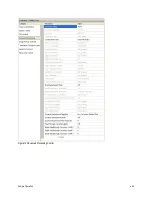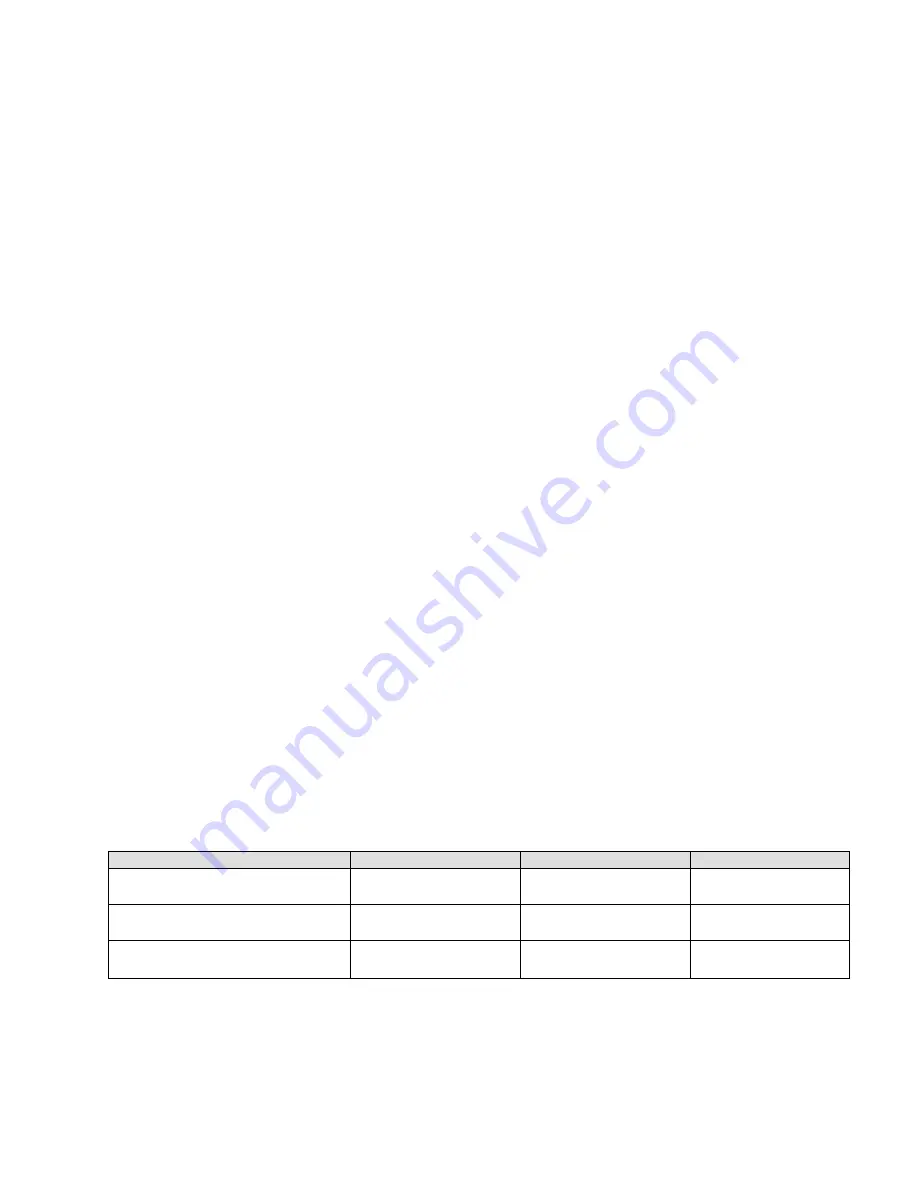
38
•
Camera Operation
•
Background Subtract is a digital number that is used to reduce the baseline pixel
value. When combined with the system gain, this value is used to increase contrast
in the final output. See the BlackLevel register’s DigitalAll2 [Digital After FFC] option.
•
System (Digital) Gain is expressed as a multiplication factor applied after the Analog
Gain and any FFC stages. When combined with the background subtract, this value is
used to increase contrast in the final output.
•
Externally Controlled Gain the camera can be set up to apply a (2x, 4x, 8x) gain that
is controlled by external input signals. For example, this allows the user to control
digital gain (in factors of 2) on a frame-by-frame basis.
Set Aspect Ratio
The 4M and 8M models of the Falcon2 camera provide the user with the ability to switch
between a 1 : 1 and a 4 : 3 sensor aspect ratio (sensor width vs. height (x : y)). Each
aspect ratio maintains its own area of interest (AOI); therefore, switching back and forth
will not change the AOI for a given aspect ratio. Additionally, the Aspect Ratios are centered
on the same point so switching will not cause the image to move significantly.
Pixel Digitization Bit Depth
The Falcon2 camera allows the user to control the size of the pixel that is digitized by the
sensor in bits per pixel (i.e. 8, 9 or 10 bpp). The pixel size (
pixelSizeInput
)
affects the values
of the analog gain, analog black level, factory calibrated FFC, and color gain. Note that this
is different than the
PixelFormat
which defines the size of the pixel that is output from the
camera. Generally increasing the bpp value will result in a lower maximum frame rate but
better dark noise performance and dynamic range.
Exposure Controls
Exposure Control modes define the method and timing of how to control the sensor
integration period. The integration period is the amount of time the sensor is exposed to
incoming light before the video frame data is transmitted to the controlling computer.
•
Exposure control is defined as the start of exposure and exposure duration.
•
The start of exposure can be an internal timer signal (free-running mode), an
external trigger signal, or a software function call trigger.
•
The exposure duration can be programmable (such as the case of an internal timer)
or controlled by the external trigger pulse width.
The Falcon2 camera can grab images in one of three ways. The three imaging modes are
determined using a combination of the Exposure Mode parameters (including I/O
parameters), Exposure Time and Frame Rate parameters.
Table 7: Exposure Controls
Description
Frame Rate
Exposure Time
Trigger Source
Internal frame rate and exposure
time
Internal, programmable
Internal programmable
Internal
External frame rate and exposure
time
Controlled by external
pulse
External
External
EXSYNC pulse controlling the frame
rate. Programmed exposure time.
Controlled by external
pulse
Internal programmable
External


